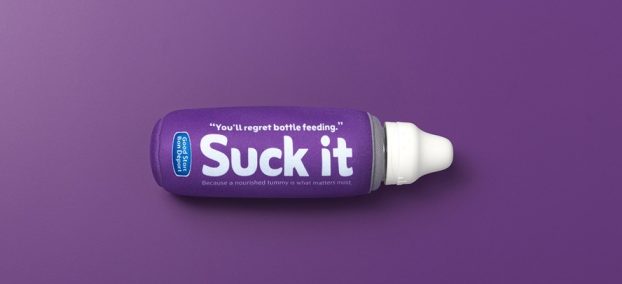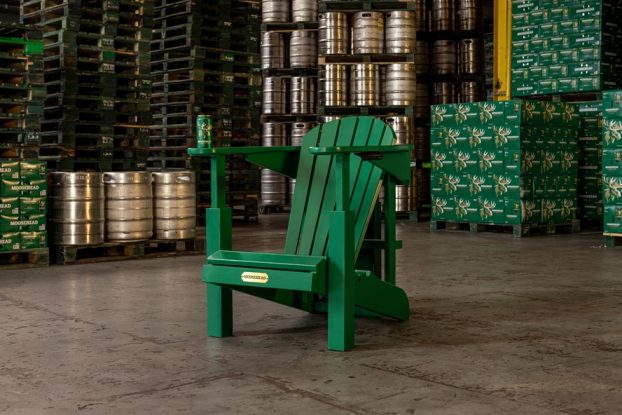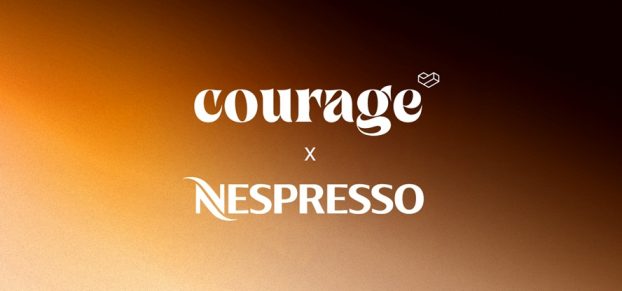They’re not kids anymore. But they’re not fully-fledged adults, either. And to most older folk – advertisers included – they’re not really worth thinking much about.
Or so it used to be.
At one time, young adults in those difficult transitional years between the ages of 18 and 24 were easily dismissed as a target market. We’ll get them once they’ve settled down and figured out just who they are, the thinking went.
Today, however, advertisers are showing much keener interest in consumers in their late teens and early 20s. These young people have ready cash and a minimum of responsibility – a combination that makes them the ideal target for many consumer goods.
‘Brands are now skewing younger,’ says Ailsa MacLachlan, vice-president, group media director with Toronto-based OMD Canada.
Young adults may be an attractive audience, but they’re also an elusive one. They move around a lot, and they consume many different types of media – all of which makes building an effective media strategy against this target a real challenge.
Given their media consumption habits, it’s unwise for an advertiser to commit the entire budget to a single media vehicle, MacLachlan says. (‘You’re less likely to make a big impact.’) On the other hand, using more than one vehicle can prove exceedingly costly.
That’s especially true if your plan includes a mass medium such as television. Sure, there’s a great deal of programming now on TV that targets young adults – but as an advertiser, you may also end up paying a premium to reach people outside your 18-24 target group. Is it really such a sensible purchase?
MacLachlan, for her part, is a big proponent of more unconventional media such as wild postings and washroom ads – provided, of course, that the message is reasonably simple and straightforward.
In 1998, for example, OMD used wild postings as part of a repositioning campaign for Clairol Canada’s Aussie brand of shampoo. The postings, which featured simply the brand logo, served to get the message out at street level, MacLachlan says.
In addition to traditional TV and print advertising (in Toronto-based alternative weekly NOW and music magazine Chart), the Aussie campaign included product sampling at events and the offer of temporary tattoos – tactics designed to render the repositioned brand even more relevant to the young adult target group.
While these techniques have their advantages, MacLachlan says, the downside is that the impact can prove difficult to quantify.
Panasonic Canada is another major advertiser that has employed unconventional methods to reach this age group.
To promote its Power Activator line of batteries, the company decided to go straight to the target group. Panasonic put up teaser postings and organized giveaways of clothing and temporary tattoos bearing the PA (Power Activator) logo at nightclubs across the country. DJs at some popular clubs also wore PA-branded apparel.
This first phase of the campaign launched in September. A second phase, featuring conventional advertising, broke the following month. (For a fuller account, see story page 24.)
The young adult market is a tough one to pin down, says Anne Myers, media director with Palmer Jarvis DDB in Toronto, the agency responsible for the Panasonic campaign.
In addition to having broad patterns of media consumption, they harbour ideas about lifestyle very different from those of the generations before them, Myers says – ideas that advertisers must understand in order to develop persuasive campaigns. When it comes to the workplace, for example, they are much more concerned about the general quality of their professional lives than about the size of their paycheques.
They also tend to be cynical about advertising, she adds, so if you want to attract their attention, you’d better be as cutting-edge as possible.
Word of mouth and trends matter a great deal to the 18-24 age group, affirms Carolyn Convey, group media manager with Cossette Media in Toronto. Hence the importance of trying to build awareness on the grassroots level.
Even if you opt for traditional mass media, she says, it’s advisable to supplement that with more tactical vehicles, such as wild postings. The more you spread the message around, the better your chances of reaching the audience.
Certainly that was the thinking behind the back-to-school promotion that Cossette produced late last summer for retailer Athlete’s World, which incorporated not only subway door cards and print ads, but wild postings as well. ‘We wanted a tactical urban street presence,’ Convey says.
Because young adults are busy, they tend to be selective about their media consumption. They are more likely to turn to local alternative weeklies than to daily newspapers, Convey says – and they spend a lot of time online as well. ‘If the Internet doesn’t play a big role [in your media plan], it should,’ she says. ‘But it can’t be primary.’
Studies have also shown that approximately 10% of young adults carry pagers. As a result, Cossette has now begun weighing the concept of pager advertising as a means of reaching this target in future.
Above all, Convey says, it’s important to remember that the 18-24 age group is unique – and requires a unique media strategy.
Also in this report:
– Youth get new vehicles: Post, Naked Eye target young adult audience p.21
– Courting a tough crowd: Newspapers aim to build readership among youth 18-24 p.23
– Panasonic takes its message underground: Established presence for its Power Activator battery brand at dance clubs, raves p.24
– B.C. shop produces U.S. anti-drug spot: Glennie Stamnes commercial wins approval of senior U.S. agency representatives p.25
– Kinder keeps it humble: Simple site for popular chocolate eggs avoids blatantly commercial messages p.25
– Kids say the darndest things: Marketers share lessons they’ve learned from their children p.26























